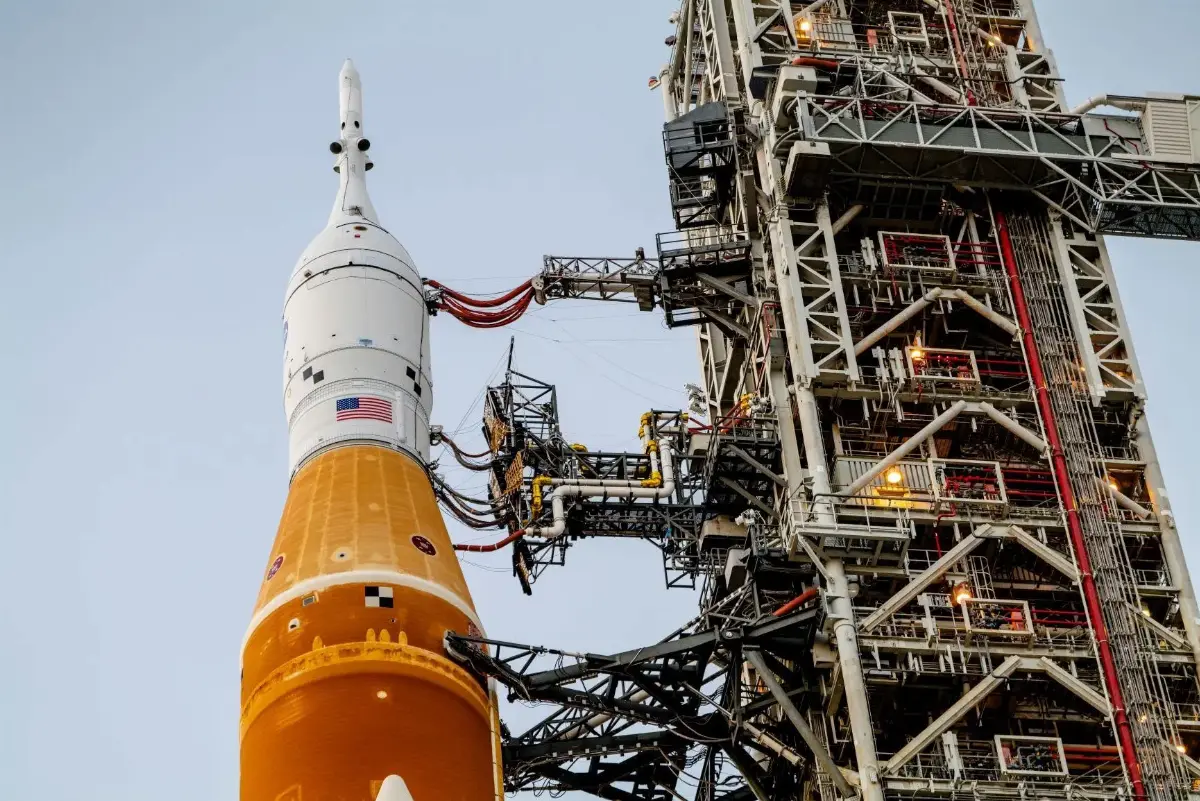
Do you want to access to this and other private contents?
Log in if you are a subscriber or click here to request service
NASA's Orion spacecraft with Module is ready for launch
It will be a few days from Florida, on mission to the Moon

NASA's Orion spacecraft will be launched in a few days from Kennedy Space Center in Florida, USA, on its mission to the Moon. The Airbus-built European Service Module (ESM) will power Orion to and from its lunar orbit as part of NASA’s Artemis missions. The industry has developed the ESM as prime contractor for the European Space Agency (ESA) and is designing and manufacturing a further five ESMs.It i...
red/f - 1246414
AVIONEWS - World Aeronautical Press Agency
AVIONEWS - World Aeronautical Press Agency